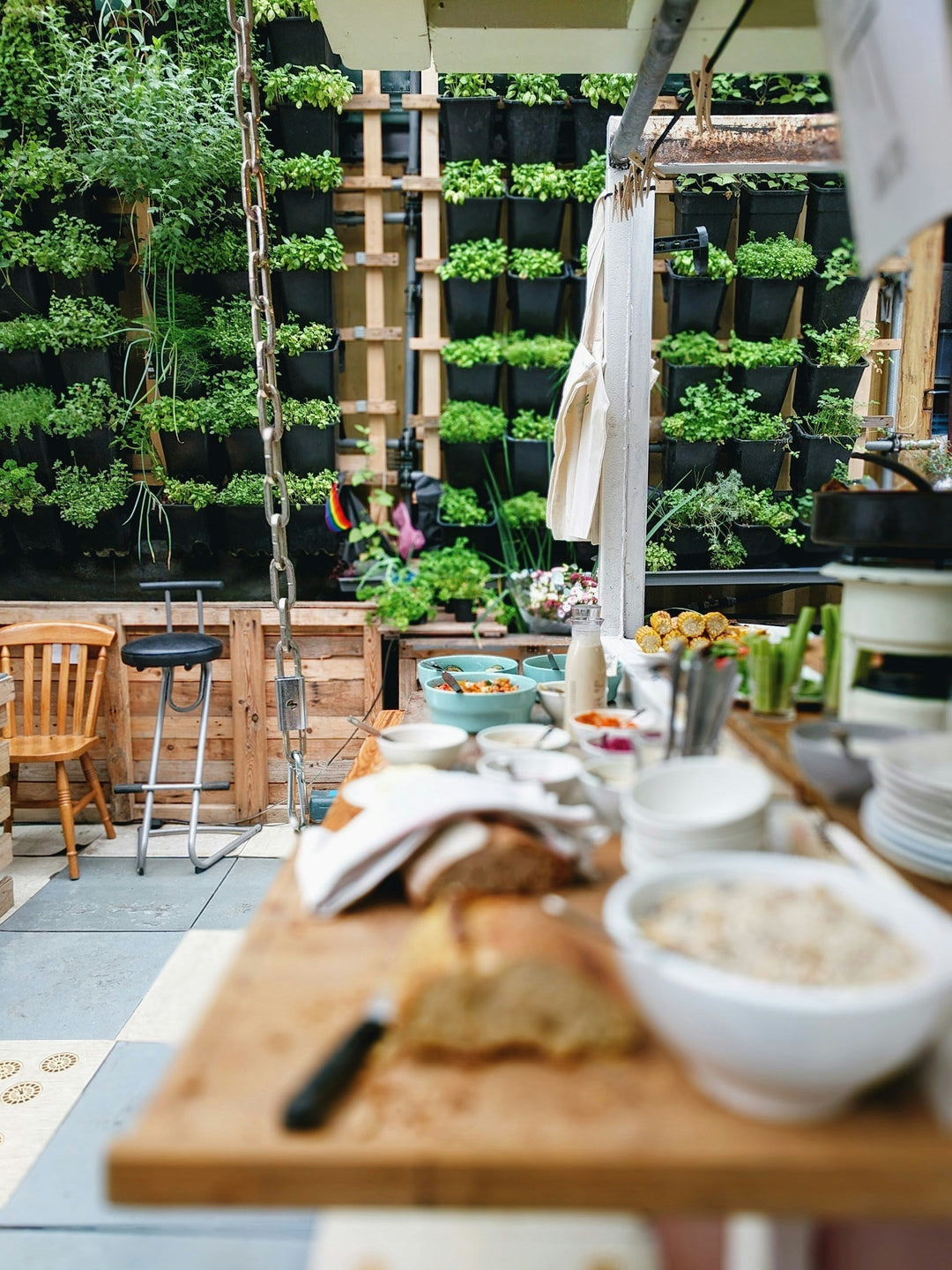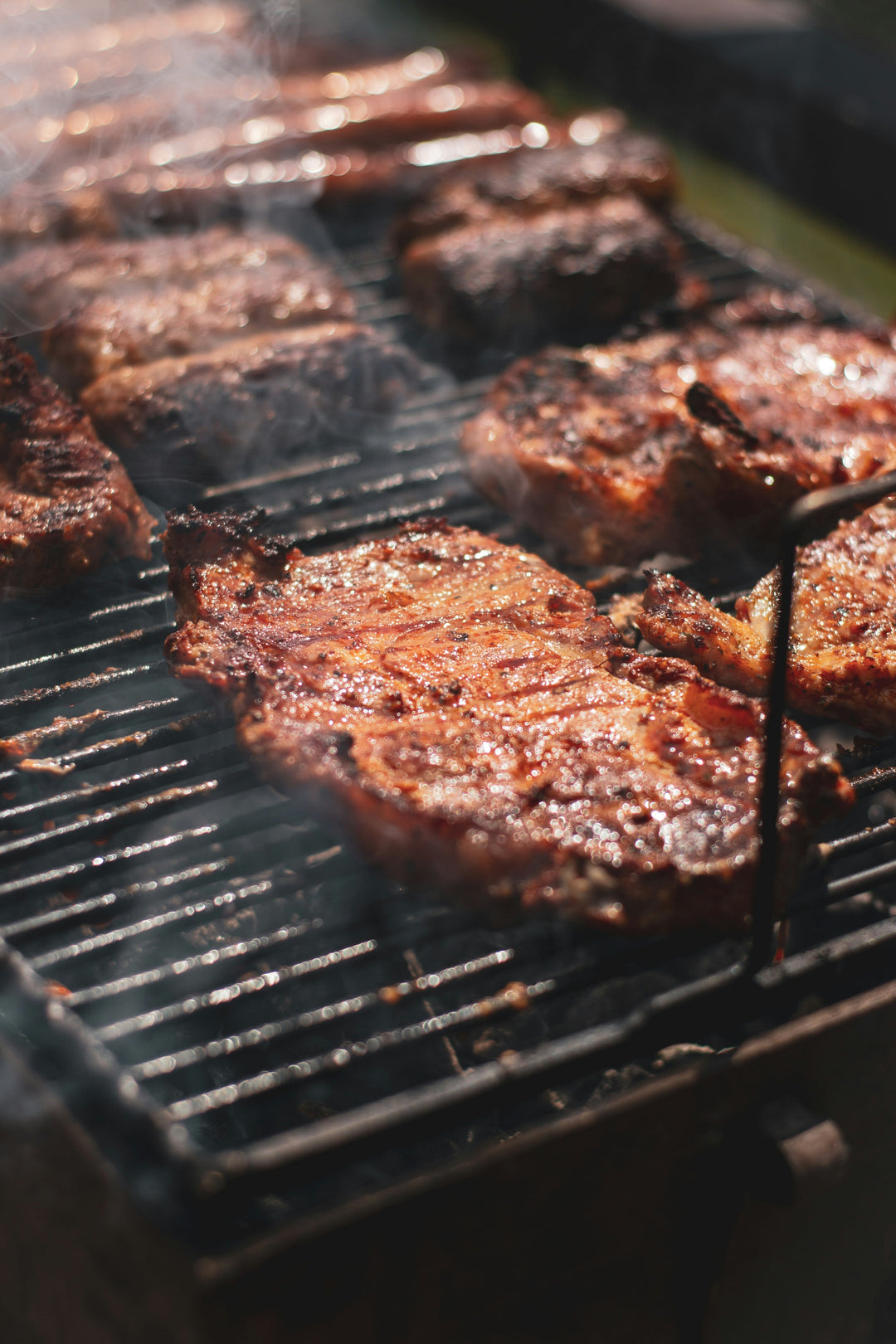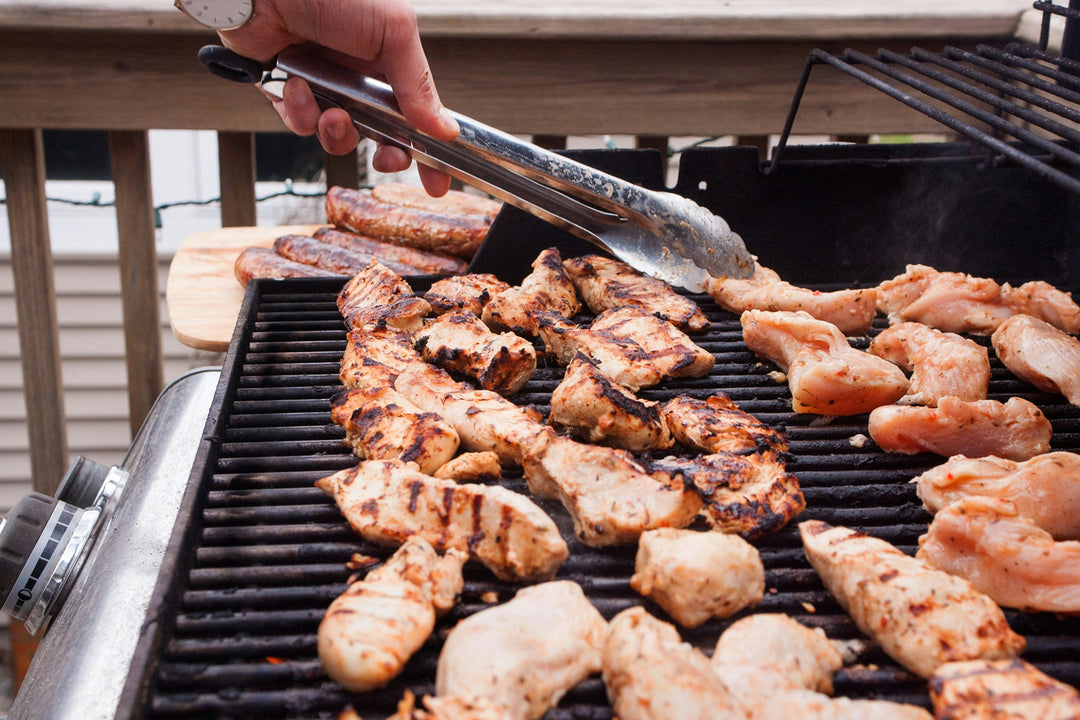Pizza Oven Buying Guide
Updated 24 Aug 2025 • Approx. 12–14 min read (skim‑friendly)
Fast‑Track: Choose your fuel (wood = flavor, gas = control/speed, hybrid = both, pellet = set‑and‑forget), size your stone (16″ for family pies), aim for 800–950°F for Neapolitan, and keep generous clearances around chimneys and sides. Two helpful videos below.

Table of Contents
- Why a Pizza Oven (and who it’s for)
- Budget & Types at a Glance
- Fuel Types & Heat‑Up Times (with setup video)
- Stone Size & Capacity Math
- Materials & Insulation
- Placement, Venting & Clearances
- Style Targets & Temperatures
- Accessories That Actually Help
- Maintenance & Troubleshooting
- FAQ & Related Guides (with demo video)
1. Why a Pizza Oven (and who it’s for)
- Speed + heat: 800–950°F means 60–120 second bakes for Neapolitan; faster weeknight pizzas.
- Flavor control: Wood for smoky nuance; gas for consistent, clean heat; hybrids give you both.
- Versatility: Pizza, flatbreads, veggies, steaks, cast‑iron bakes, desserts.
- Hosting superpower: Cook multiple pies in sequence with predictable recovery times.
2. Budget & Types at a Glance
| Type | Typical Budget | Strengths | Considerations |
|---|---|---|---|
| Portable Gas | $399–$899 | Fast heat‑up, clean control, small footprint | Less wood flavor; needs propane/NG access |
| Portable Wood | $349–$999 | Classic wood character; simple mechanics | More tending; longer heat‑up & soot cleanup |
| Hybrid (Wood + Gas) | $599–$1,499 | Flavor + control; switch per cook | Heavier units; higher cost |
| Pellet | $399–$1,199 | Set‑and‑forget fuel feed; wood smoke | Feed mechanisms; pellet storage |
| Built‑In / Masonry | $1,500–$5,000+ | Thermal mass, stunning showpiece | Install clearances, weight, longer warm‑up |
3. Fuel Types & Heat‑Up Times (with setup video)
| Fuel | Realistic Heat‑Up | Top Temp (typ.) | Flavor Profile | Best For |
|---|---|---|---|---|
| Gas (LP/NG) | ~15–20 min | Up to 950°F | Clean, neutral | Weeknight pies; steady temps |
| Wood | ~25–40+ min | 900–950°F | Smoky, traditional | Authentic flavor; weekend cooks |
| Hybrid | ~15–30 min | Up to 950°F | Switchable | Flavor + convenience |
| Pellet | ~20–30 min | ~900°F | Wood smoke | Set‑and‑forget bakes |
Tip: “Max temp” isn’t the same as “stone ready.” Give the stone extra time to fully saturate for even bottoms.
4. Stone Size & Capacity Math
- 13″ stone → bakes standard 12″ pies; best for couples or quick singles.
- 16″ stone → fits 14–15″ family pizzas; the sweet spot for most households.
- 18″ stone → 16″ XL pies or two 10–12″ pies back‑to‑back with faster service.
Clearance for launching/turning: Leave ~24″ in front of the oven for peel work. For high‑volume parties, stage doughs on a nearby table at peel height.
5. Materials & Insulation
- Cordierite stone: Great thermal‑shock resistance; reliable, even bottoms.
- Refractory brick deck: Highest heat retention and recovery; heavier and slower to heat.
- Steel decks (some models): Fast heat transfer, crisp bottoms; watch for scorching if stone isn’t saturated.
- Double‑wall stainless + ceramic blanket: Faster heat‑up, better exterior safety, steadier temps.
6. Placement, Venting & Clearances
- Counter surface: Heat‑resistant, level, and non‑combustible. Avoid low eaves and vinyl siding.
- Side/back clearance: As a conservative rule, keep ~36″ (3 ft) to combustibles on sides/back unless your manual specifies otherwise.
- Overhead clearance: Keep tall, open air above the flue/vent. Avoid awnings; follow your model’s chimney specs.
- Built‑ins: Use the manufacturer’s insulated jacket and a non‑combustible base. Observe all local codes.
| Scenario | Minimum Spacing Guidance | Notes |
|---|---|---|
| Portable on counter | ~36″ sides/back • tall overhead | Face chimney away from walls |
| Balcony/deck | Obey property rules • non‑combustible pad | Mind wind & railing height |
| Built‑in/masonry | Per model manual (insulated jacket) | Plan flue path, spark arrestor if required |
7. Style Targets & Temperatures
| Style | Deck Temp | Dome Temp | Typical Bake Time | Notes |
|---|---|---|---|---|
| Neapolitan | ~800–900°F | ~850–950°F | ~60–90 sec | High hydration; turn every 15–20 sec |
| New York | ~650–725°F | ~700–800°F | ~3–5 min | Lower flame; longer bake, crisp underside |
| Roman/Al taglio | ~575–650°F | ~600–700°F | ~6–10 min | Pan‑baked; airy crumb |
Pro tip: An infrared thermometer is your best friend. Verify deck temp before launching to avoid scorched bottoms or pale tops.
8. Accessories That Actually Help
- Launching peel (wood/alum) & turning peel (small round): Launch cleanly; turn every 15–20 sec at high heat.
- Brass brush & scraper: Clean deck between pies; avoid soap/water on stone.
- Infrared thermometer: Check stone temp quickly.
- Heat‑proof gloves: Safe turning and ash handling.
- Weather cover: Extends life; keep vents dry.
9. Maintenance & Troubleshooting
| Issue | Likely Cause | Fix |
|---|---|---|
| Scorched bottoms | Stone too hot vs dome | Let stone rest; lower flame; launch later |
| Pale tops | Stone hot, dome cool | Raise flame to heat dome; use smaller flame deflector gap |
| Uneven browning | No turns | Turn every 15–20 sec at 800°F+ |
| Sticky launches | Wet dough or excess toppings | Dust peel; build fast; use semolina or rice flour |
- After each session: Brush crumbs/soot; let cool fully before covering.
- Wood/pellet units: Empty ash only when cold; store fuel dry.
- Annual: Inspect gaskets/fasteners and chimney sections.
10. FAQ & Related Guides (with demo video)
What temperature do I need for Neapolitan pizza?
Typically 800–900°F stone and dome, ~60–90 seconds total, with quick turning for even leoparding.
Is wood flavor better than gas?
Wood adds smoke complexity. Gas nails consistency and ease. Hybrids offer both.
How big should the baking stone be?
13″ for personal pies, 16″ for family pizzas (most popular), 18″ for XL pies or faster party throughput.
Related Solavi resources:



Leave a comment